Home Remedies and Herbs for Peripheral Artery (Vascular Disease)
What is Peripheral Artery (Vascular Disease)?
Peripheral artery disease (PAD) goes by many names, including peripheral arterial disease and peripheral vascular disease.
What Causes Peripheral Artery / Vascular Disease?
Peripheral artery disease is caused by plaque, a cholesterol-rich material, that builds up in the arteries and narrows them.1 Individuals are more at risk of PAD if they:
- Smoke
- Have diabetes
- Have high blood pressure
- Have unhealthy lipid and cholesterol levels
- Are older than 60 years of age
- Are obese
- Have a family history of PAD or other cardiovascular problems
Although atherosclerosis is the leading cause of peripheral artery disease, patients may experience similar symptoms if they have another underlying health condition. Other peripheral artery disease causes can include limb injuries, blood vessel inflammation, radiation exposure, and unusual ligament or muscle anatomy.4
Peripheral Artery / Vascular Disease Symptoms
The most common peripheral artery disease symptom is intermittent claudication, which refers to crampy leg pain and discomfort.1 This pain can come and go and may only be evident when walking but will relieve itself when the patient rests.1,3 Other peripheral artery disease symptoms include:
- Muscle atrophy
- Pain or tingling in feet or toes
- Hair loss
- Cool skin
- Cold or numb toes
- Non-healing ulcers
- Blue coloring to the toes
- Weak pulse in legs or feet
- Erectile dysfunction (in men)
Some patients may not experience symptoms at all.
Complications can occur due to peripheral artery disease, including an increased risk of heart attack, and stroke.1 PAD patients are also at risk of developing critical limb ischemia, which happens when injuries, sores, or infections won’t heal due to decreased blood flow.4 This can lead to tissue death, also known as gangrene, as well as increase the risk of amputation.4
Peripheral artery disease treatment may include a variety of lifestyle changes along with various medications. For example, patients may be encouraged to quit smoking, get regular exercise, and eat a heart-healthy diet.1 These same options can help in preventing PAD altogether. In severe cases, surgery may be required.1
References
- http://www.umm.edu/health/medical/reports/articles/peripheral-artery-disease-and-intermittent-claudication
- http://www.umcvc.org/conditions-treatments/peripheral-arterial-disease-pad
- https://www.cdc.gov/dhdsp/data_statistics/fact_sheets/fs_pad.htm
- http://www.mayoclinic.org/diseases-conditions/peripheral-artery-disease/symptoms-causes/syc-20350557
Home remedies, herbs, and food supplements for Peripheral Artery (Vascular Disease)
Ginkgo Biloba is the most effective natural product for Peripheral Artery (Vascular Disease) CuresDecoded worldwide community recommends
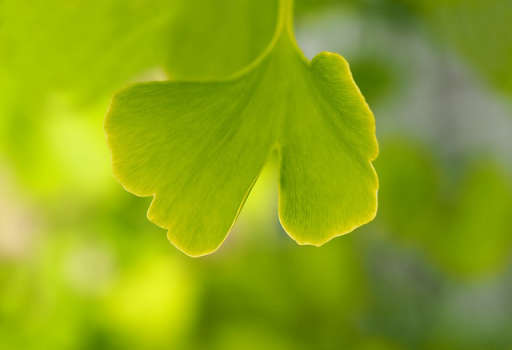
Ginkgo Biloba Product 1 of 11
Effectiveness Score
Method of use: Oral
Ginkgo biloba helps to stimulate circulation and reduces symptoms of peripheral artery disease. Take 40 mg of ginkgo biloba supplements 3 times daily for up to 24 weeks.

Fish Oil Product 2 of 11
Effectiveness Score
Method of use: Oral
Fish oil has natural anti-inflammatory health benefits that can help protect the cardiovascular system. Take 2-5 grams of fish oil supplement daily for PAD.
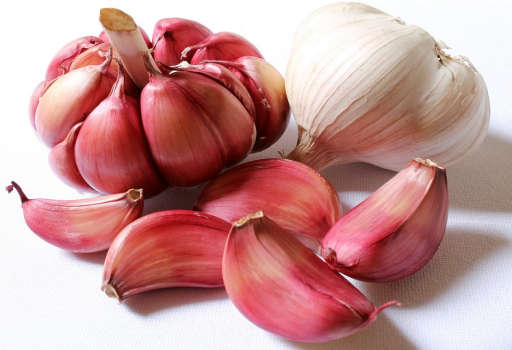
Garlic Product 3 of 11
Effectiveness Score
Method of use: Oral
Garlic is a natural remedy for controlling blood pressure and helping to relieve symptoms of PAD. Take 800 mg of garlic supplements daily, or eat 1 clove of garlic with every meal.
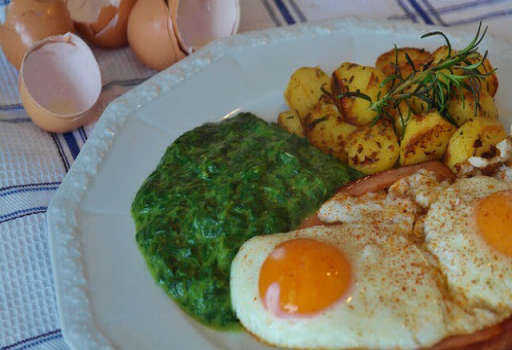
Vitamin D Product 4 of 11
Effectiveness Score
Method of use: Oral
Increase vitamin D intake can help to protect against PAD. Vitamin D is available as a supplement in capsule form to take daily. The recommended amount of vitamin D intake is 600 IU daily.
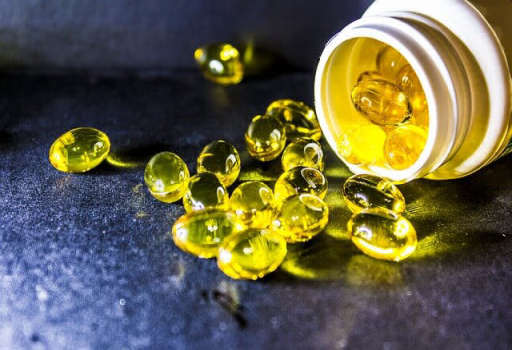
Omega-3 Fatty Acid Product 5 of 11
Effectiveness Score
Method of use: Oral
Omega-3 fatty acids are a natural anti-inflammatory that can help reduce symptoms of PAD. Omega-3 fatty acids are available as a supplement in capsule form. Follow the dosage instructions on the product label for daily intake.
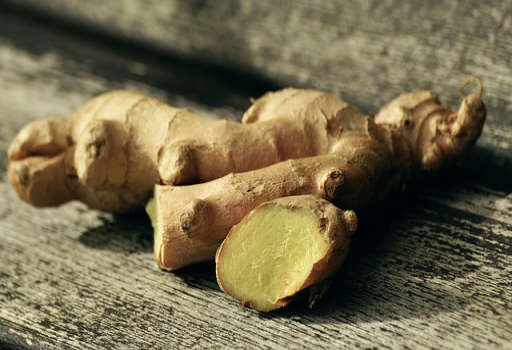
Ginger Product 6 of 11
Effectiveness Score
Method of use: Eat
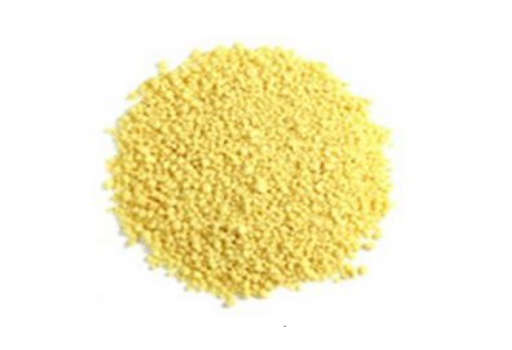
Lecithin Product 7 of 11
Effectiveness Score
Method of use: Oral

L-Carnitine Product 8 of 11
Effectiveness Score
Method of use: Oral

Guggul Product 9 of 11
Effectiveness Score
Method of use: Oral
